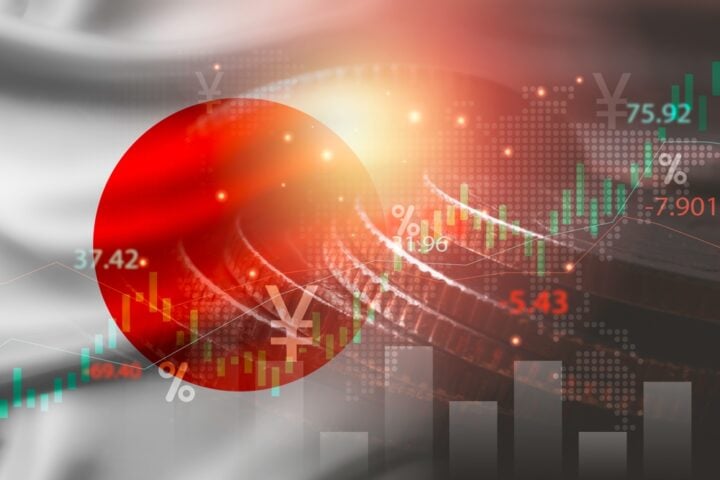China’s exports and imports for November fell short of expectations, as data released Tuesday by the country’s customs authority highlighted continued struggles with weak consumer demand and looming tariff threats.
Key Trade Figures
- Imports: Declined 3.9%, marking the sharpest drop since September 2023. Analysts had forecast a 0.3% rise.
- Exports: Increased 6.7% year-over-year in U.S. dollar terms, significantly lower than October’s 12.7% growth and below expectations of an 8.5% increase.
The export slowdown does not yet signal an end to China’s recent trade boom, according to Zichun Huang, China economist at Capital Economics. Huang noted that U.S. tariffs could impact export volumes by approximately 3% next year, but the effects may not be felt until mid-2025.
Trade Relationships
China’s trade with major partners reflected mixed trends:
- United States: Exports rose 8%, while imports fell over 11%.
- European Union: Exports grew 7.2%, with imports declining 6.5%.
- ASEAN Countries: Exports surged nearly 15%, though imports fell 3%.
- Russia: Exports and imports declined by 2.5% and 6.5%, respectively.
Notable Export Highlights
- Rare Earths: Export volumes rose nearly 5% year-over-year, while imports dropped over 20%.
- Steel: Exports surged 16% to 9.28 million tons in November, with total steel exports this year expected to exceed 100 million metric tons for the first time since 2016.
Economic Outlook
The trade data underscores ongoing challenges for the Chinese economy, which has been buoyed by exports amid tepid domestic consumption and a prolonged housing downturn.
- Year-to-Date Figures:
- Exports: Up 5.4% to $3.24 trillion.
- Imports: Rose 1.2% to $2.36 trillion.
While exports have been a rare bright spot, domestic demand remains weak. November consumer inflation dropped to a five-month low of 0.2%, reflecting sluggish internal activity.
Short-Term Prospects
Export growth may see a temporary boost in early 2025 as U.S. importers increase orders ahead of potential tariffs, according to Erica Tay, director of macro research at Maybank. However, a slowdown is anticipated in the second half of the year as tariffs take effect.
Government Response
China’s leadership has pledged to intensify fiscal and monetary policy measures to stimulate economic growth in 2025. The government has also promised “unconventional counter-cyclical adjustments” to bolster domestic consumption.
Manufacturing Sector
China’s manufacturing activity expanded for the second consecutive month in November, with the official purchasing managers’ index rising to 50.3, driven by existing government stimulus measures. However, the sector’s recovery remains uneven.







